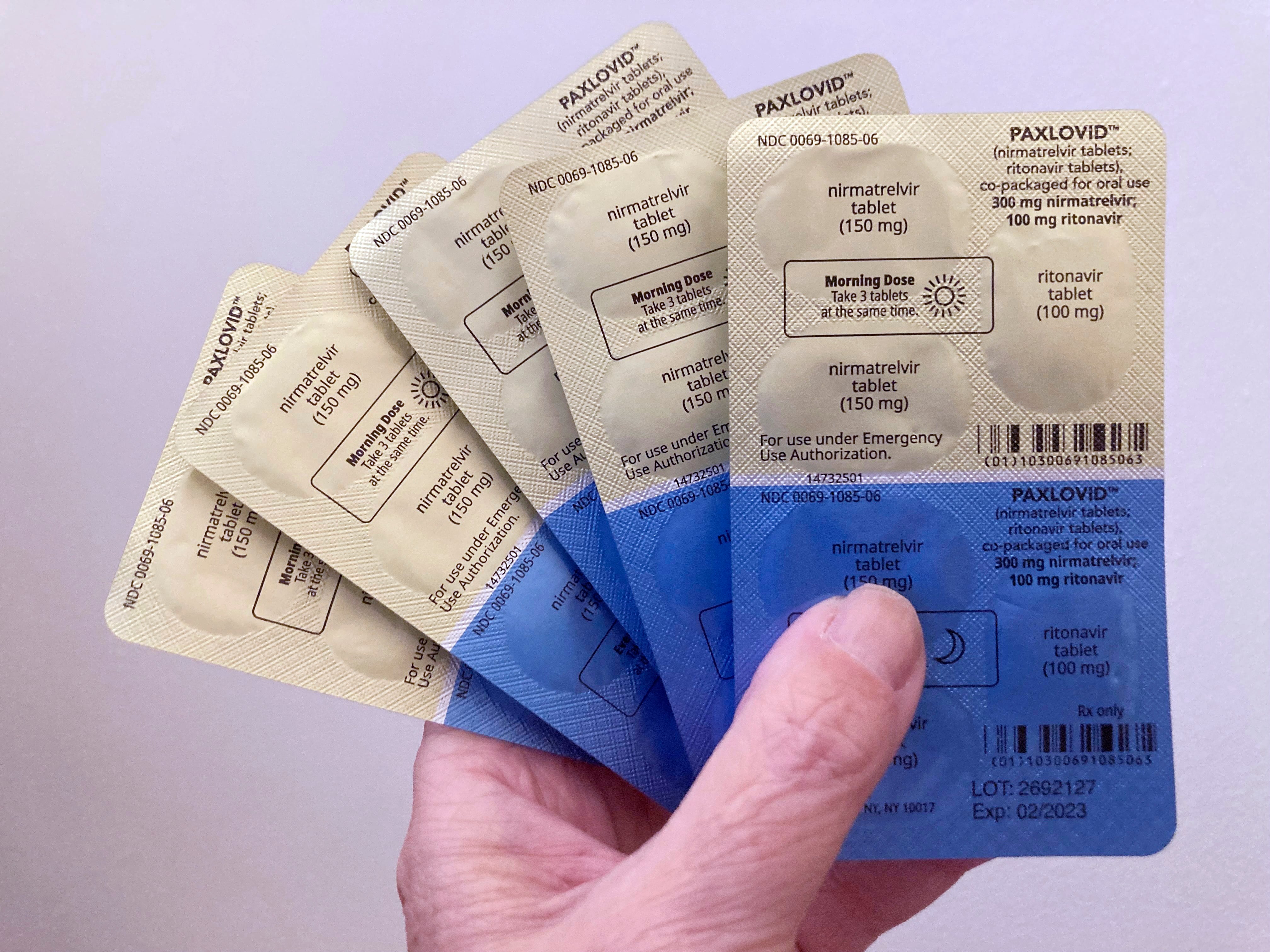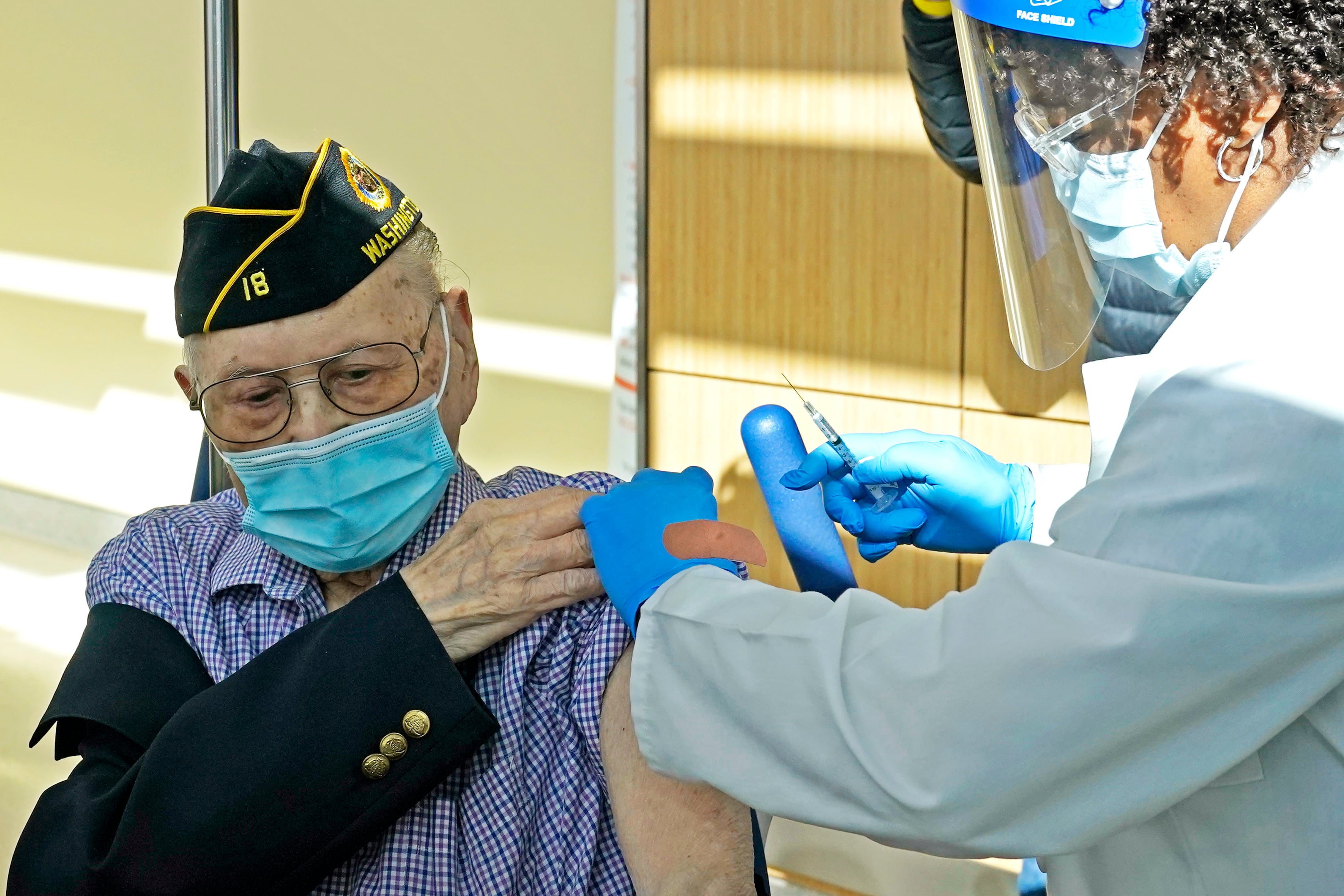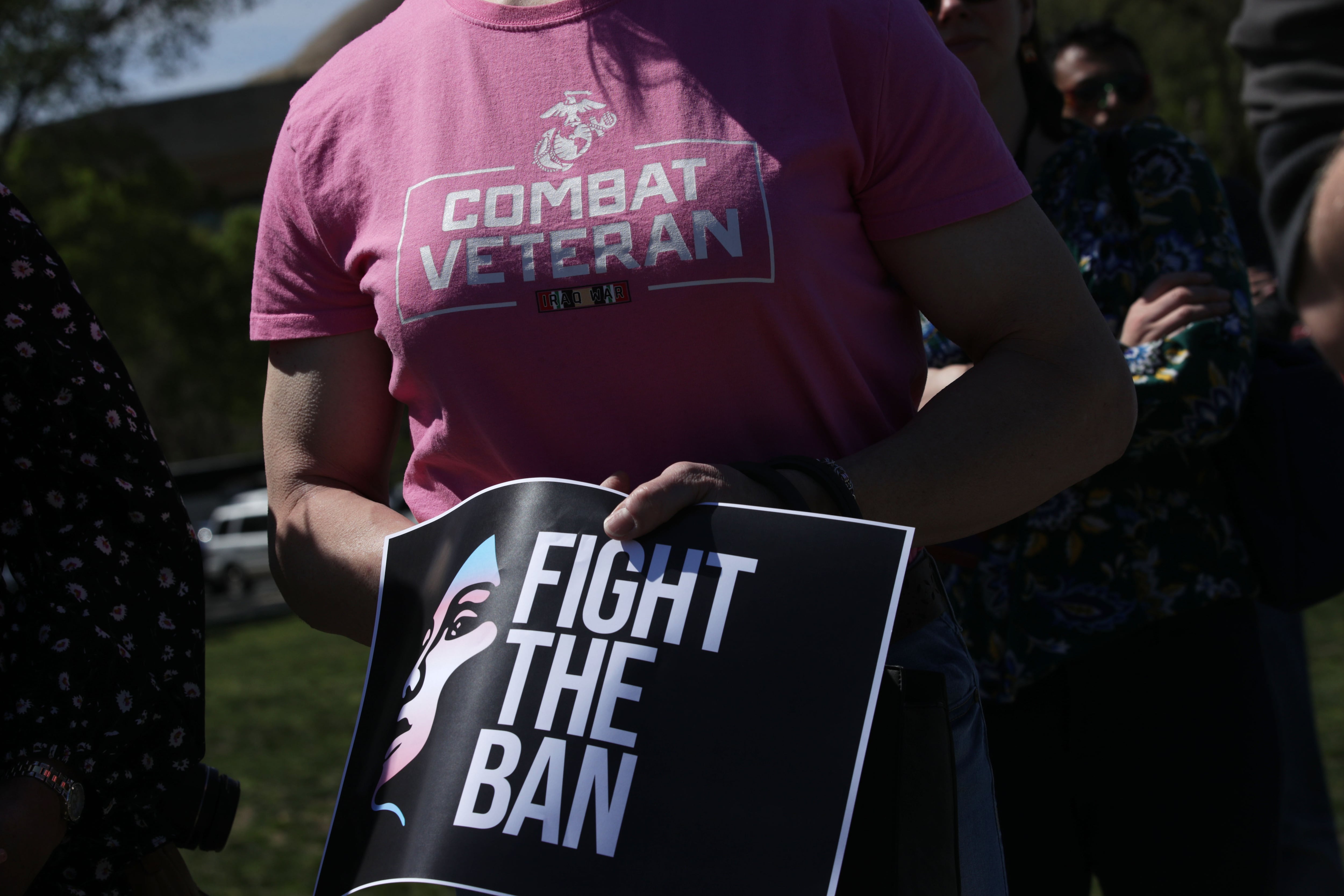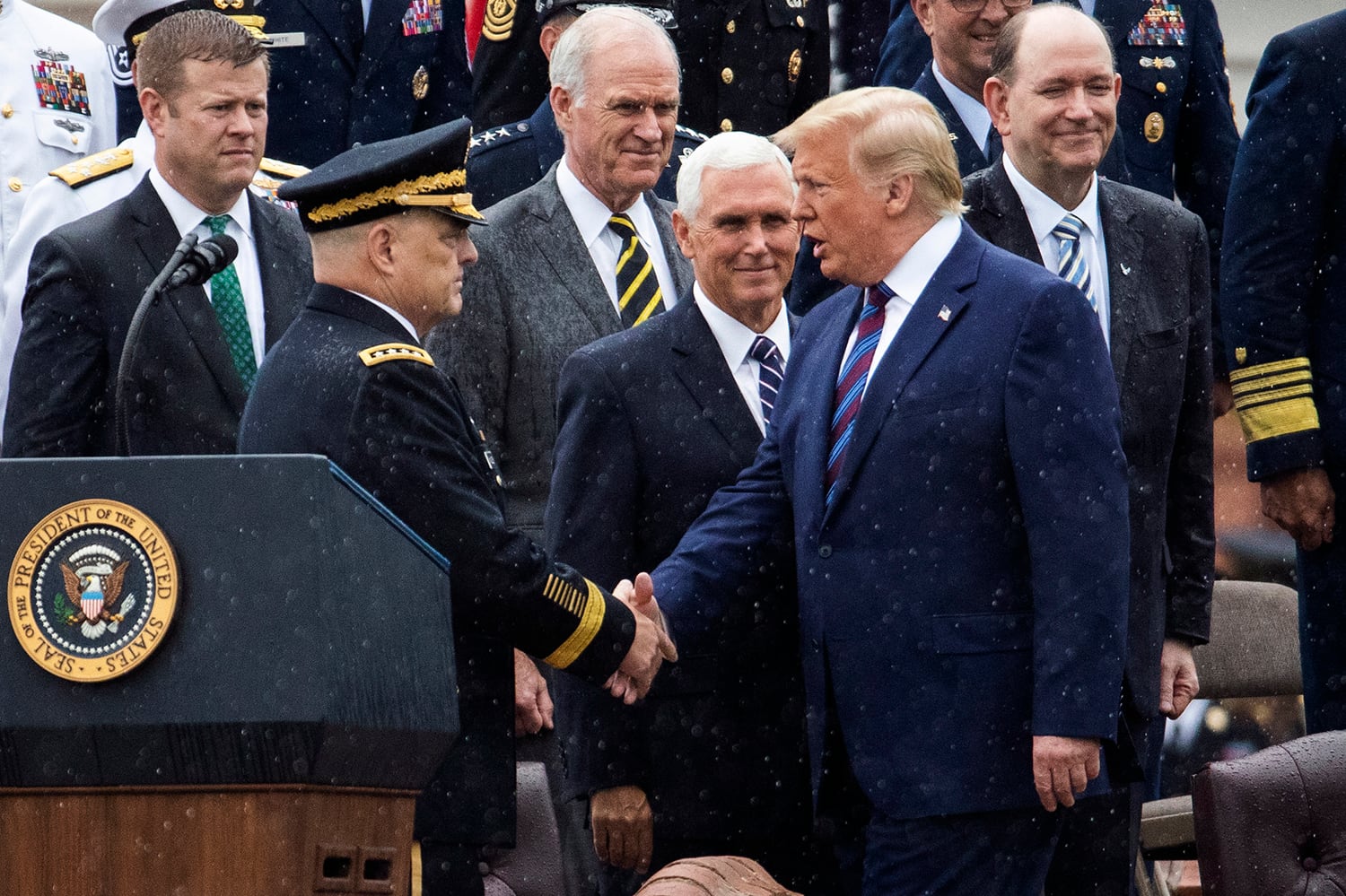Billions of dollars given to the Department of Veterans Affairs during the COVID-19 pandemic remain unspent, but lawmakers have yet to agree on what to do with the money.
Republicans, still angry over much of the pandemic funding, say the money should be returned to the government and, ultimately, taxpayers. But Democratic lawmakers and VA officials say the money is needed to cover lingering expenses from the three-year emergency, the effects of which will be felt for years.
The debate comes amid a larger fight in Congress over the national debt, the growing VA budget and how to balance federal spending with social support programs. Once viewed as a bipartisan refuge in those kinds of debates, money for veterans programming is increasingly at the center of some of the most intense partisan fights.
RELATED

VA received about $37 billion in funding from congressional appropriators outside the normal budget process during the pandemic for things like expansion of online health care services, protective equipment purchases, and more generous stipends for homeless veterans.
In a hearing before the House Veterans’ Affairs Committee, Jon Rychalski, the department’s chief financial officer, said as of the end of April, VA had spent all but $2.1 billion of that total, and the rest would be used by the end of the fiscal year (Sept. 30).
But the country’s national emergency related to COVID-19 officially ended on May 11. Critics of the administration say that with the pandemic over, funding pandemic activities should also stop.
“If we’re done with this, why are we still spending the money?” asked committee Chairman Rep. Mike Bost, R-Ill. “If we’re seeing millions being spent in the last few weeks alone, that’s concerning for taxpayers.”
Republican committee members also noted poor oversight of some pandemic spending outlined in a recent VA Inspector General’s report. That document noted that VA “generally complied” with rules regarding spending but also cited more than 50 reporting errors for large expenditures and insufficient documentation of other spending.
Rychalski said officials are working on improvements to those issues. He also said that VA was given broad authority over how to spend about $17 billion of the total pandemic support funding, including use for lingering needs after the national emergency’s end. The remaining $2.1 billion comes from that account — other pandemic-only accounts saw more than 99% of their funds exhausted.
As of May 22, VA medical officials were still dealing with about 2,100 coronavirus cases among patients across 130 sites. Department leaders have said they expect to be handling a consistent but small level of COVID-19 cases for years to come.
But Republican lawmakers said that work should be done through the normal budgeting process, and vowed not to allow similar large supplementals for the department in upcoming appropriations plans.
Last week, the Republican-controlled House Appropriations Committee unveiled plans for $320 billion in regular spending for fiscal 2024, roughly the same level requested by the White House in its budget plan for next year.
That would continue the trend of dramatic growth in VA spending over the last two decades. In 2001, the entire VA budget — including both discretionary program spending and mandatory benefits payouts — amounted to about $45 billion. By 2013, the budget totaled $139 billion, an increase of more than 300% but still less than half of the $300 billion budget awarded to the department in fiscal 2023.
Leo covers Congress, Veterans Affairs and the White House for Military Times. He has covered Washington, D.C. since 2004, focusing on military personnel and veterans policies. His work has earned numerous honors, including a 2009 Polk award, a 2010 National Headliner Award, the IAVA Leadership in Journalism award and the VFW News Media award.





